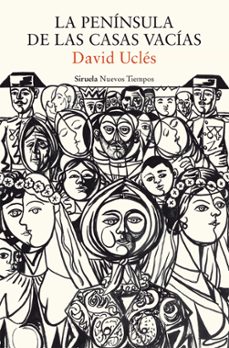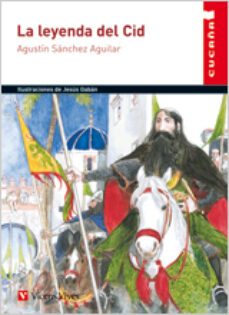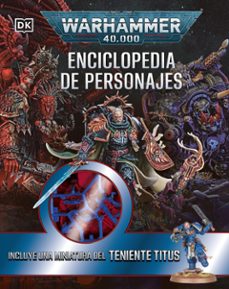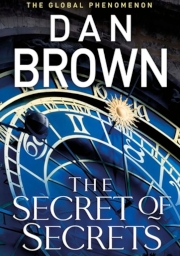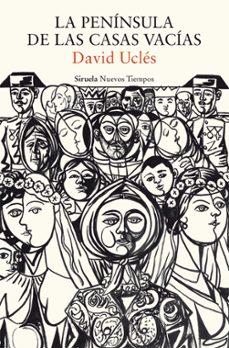📗 Libro en inglés IF THE WAR GOES ON
CANONGATE PRESS LTD. - 9781786894458
Sinopsis de IF THE WAR GOES ON
Herman Hesse remained clear-sighted and consistent in his political views and his passionate espousal of pacifism and the bloody absurdity of war from the start of World War I to the end of his life. He wrote the earliest essay in this book in September 1914, before he cemented his fame with the novels Steppenwolf and Siddhartha, and continued writing a stream of letters, essays and pamphlets throughout the war. In his native Germany his views earned him the labels 'traitor' and 'viper', but after World War II he was moved to reiterate his beliefs in another series of essays and letters.
Ficha técnica
Editorial: Canongate Press Ltd.
ISBN: 9781786894458
Idioma: Inglés
Encuadernación: Tapa blanda
Fecha de lanzamiento: 01/11/2018
Año de edición: 2018
Especificaciones del producto
Escrito por Hermann Hesse
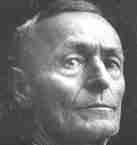
Calw, (1877-1962). Hermann Hesse abandonó su familia desde muy joven y trabajó en distintos oficios hasta que consiguió publicar la novela Peter Camenzind (1904), donde Hesse expresaba la rebeldía de los hijos contra los padres, asunto recurrente en Bajo la rueda (1906). En Gertrudis (1910), Hesse narró la historia de un matrimonio desgraciado como fue el suyo y, un año después, realizó un viaje a la India que le inspiraría Siddharta (1922). Antes había publicado Demian (1919), su obra más conocida junto a El lobo estepario. Su última novela fue El juego de abalorios (1943), una tentativa de síntesis de la filosofía oriental y la occidental. El conjunto de su obra fue galardonado en 1946 con el Premio Nobel de Literatura.
Descubre más sobre Hermann Hesse Recibe novedades de Hermann Hesse directamente en tu email
Opiniones sobre IF THE WAR GOES ON
¡Sólo por opinar entras en el sorteo mensual de tres tarjetas regalo valoradas en 20€*!
Los libros más vendidos esta semana
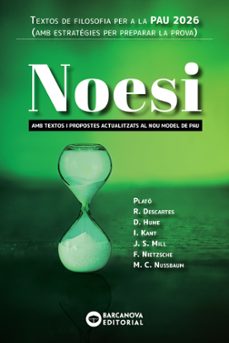
Tapa blanda
NOESI TEXTOS DE FILOSOFIA PER A LES PAU 2026 SELECTIVITAT PAU CATALUÑA / ISLAS BALEARES
Varios autores



